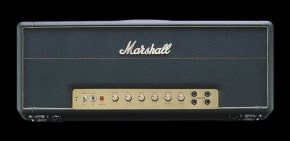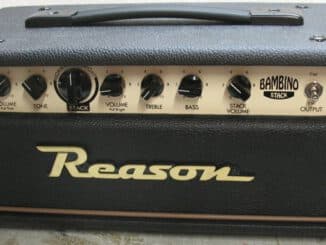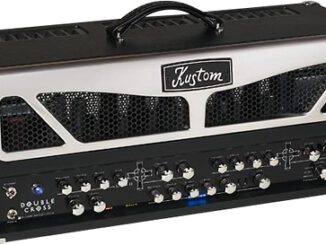
I bought a used Marshall Super Lead 100-watt reissue. It has four inputs: two labeled “I” and tow labeled “II”. It looks just like the Marshalls Jimi Hendrix is seen playing in some concert photos. In one of those photos, I’ve noticed Hendrix had more than one cord plugged into his amp’s inputs. Please tell me what he was doing with all those guitar cords hanging out of his amp, what all those inputs are for and, in your opinion, what the best-sounding input on this amp is.
Dan Mallory
xxxx@gmail.com
Older Marshalls like Hendrix played and the one you’ve purchased are known as “non-master volume” amps. Instead of a master volume, they have an overall volume control on each channel. Channel “I” is brighter and more ‘trebly’ sounding, while channel “II” is darker and better suited for bass guitar or a bassier guitar tone. Furthermore, each channel has a high and low input. The high input was designed to be a ‘hotter’ and better suited lead tone, while the low input, being not as sensitive as the high input, is better suited to rhythm playing. Although these were the intentions of the designers, in reality most people use the high inputs whether lead or rhythm.
As for all those guitar chords, chances are Hendrix was either “cross channeling” (or daisy chaining) multiple heads together. Cross channeling enables you to use bother channels of the amp at the same time, resulting in a fuller tone range. With cross channeling, volume ‘I’ acts as your treble volume and volume ‘II’ acts as your bass volume. Hendrix was also able to hook up multiple heads by daisy chaining them together and passing his signal from one input to another.
As for which input sounds best, although on occasion you might find one of the other inputs the perfect choice for the tone you’re trying to create. As always, there are no rules when it comes to personal taste.
Vintage Marshall Super Lead 100





Be the first to comment